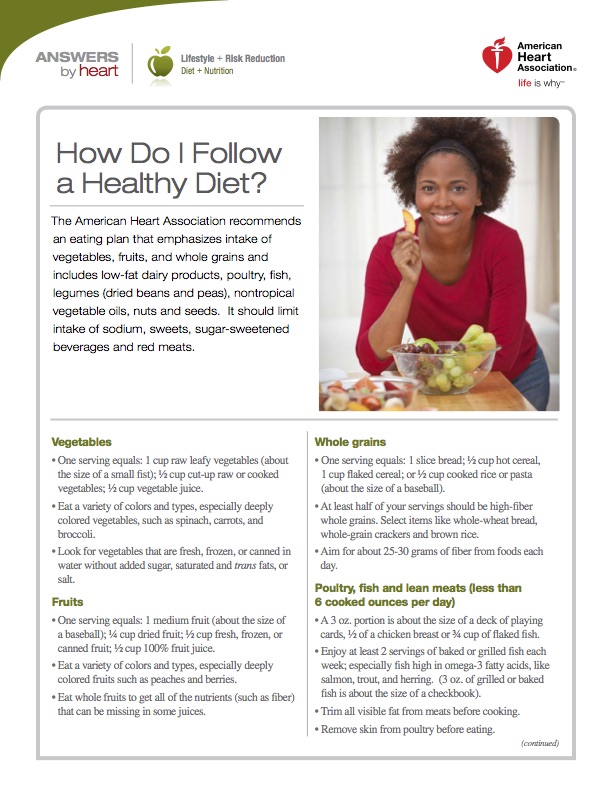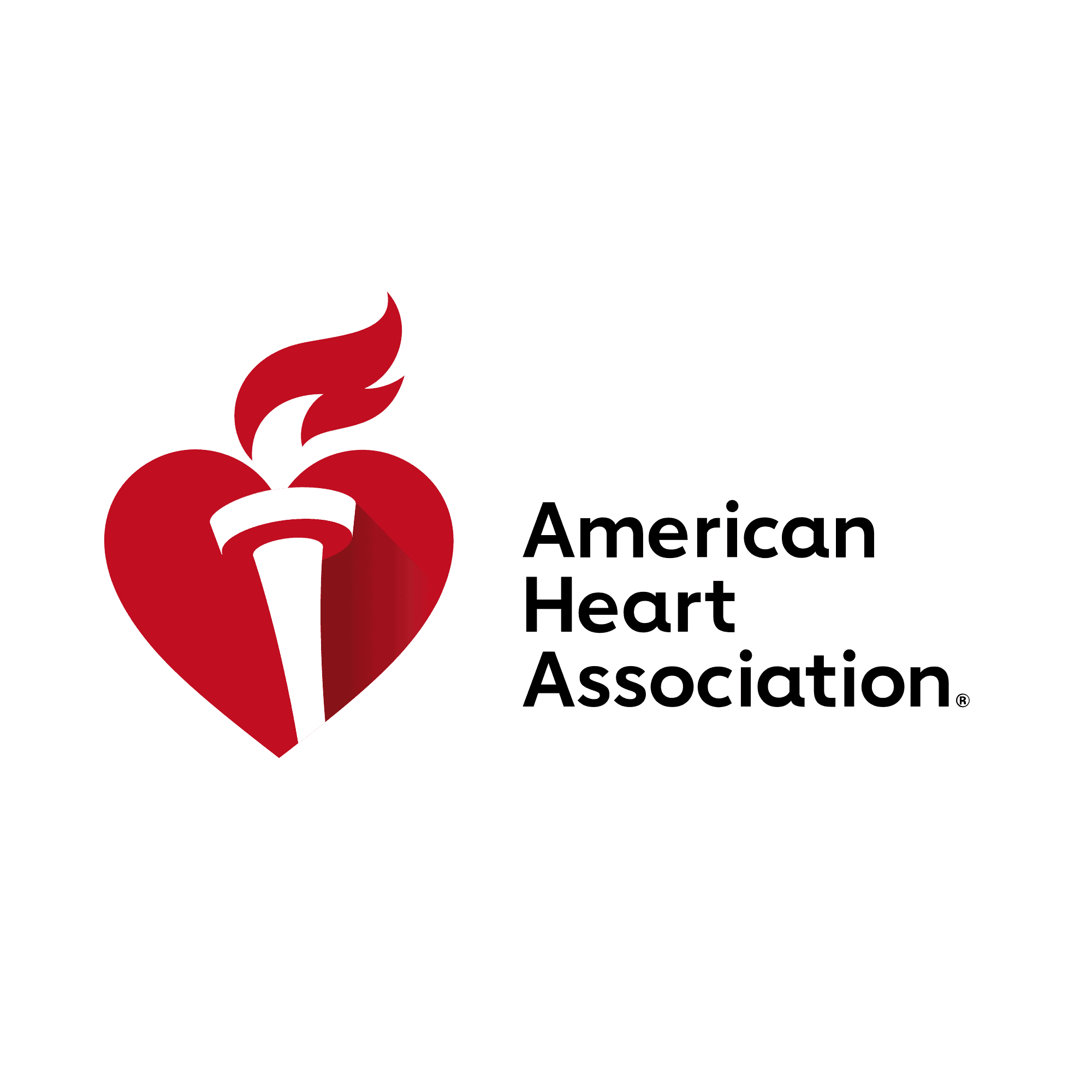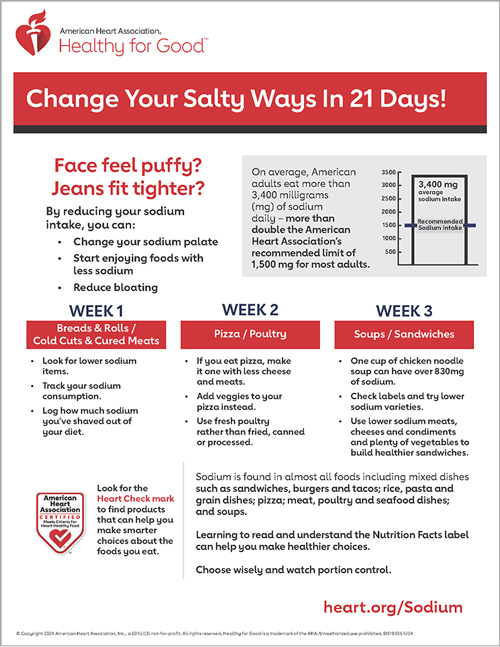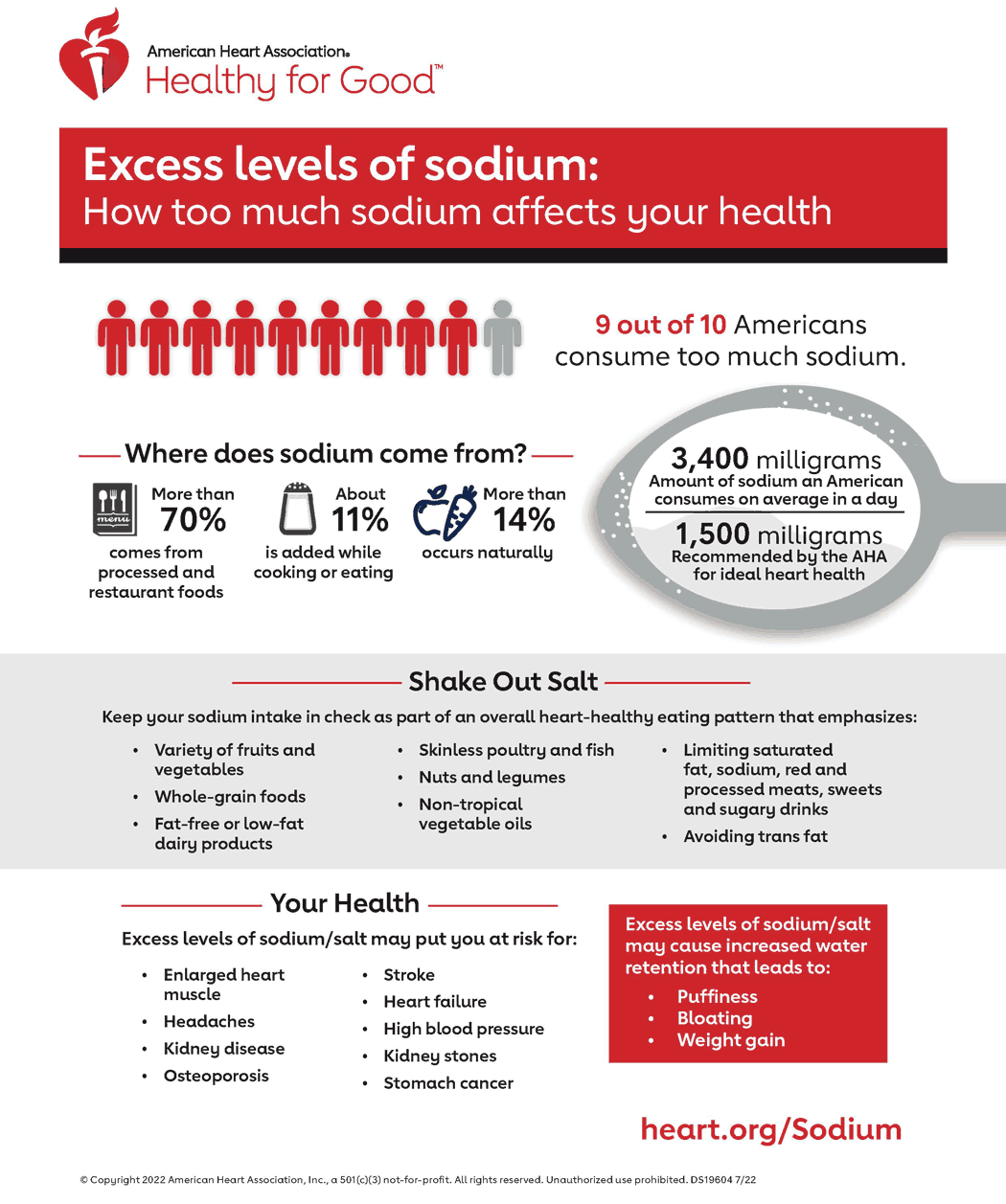American Heart Association Aha Diet

American Heart Association AHA Diet: A Comprehensive Guide
What is the AHA Diet?
The American Heart Association (AHA) Diet is a diet that helps promote heart health. The AHA Diet is based on the Dietary Guidelines for Americans, which provides recommendations for a healthy diet. The AHA Diet promotes a diet that is focused on fruits, vegetables, whole grains, lean proteins, and healthy fats. The AHA Diet also recommends limiting sodium, added sugars, and saturated fats. The overall goal of the AHA Diet is to promote heart health and reduce the risk of heart disease.
What are the Benefits of the AHA Diet?
The AHA Diet offers many benefits. The diet is rich in nutrients, such as fiber, vitamins, and minerals. It is also low in calories and saturated fats. The diet is also low in sodium, which can help lower blood pressure. Additionally, the AHA Diet encourages a lifestyle that is focused on physical activity and stress reduction, which can help improve overall health. Finally, the AHA Diet can help reduce the risk of heart disease and stroke.
What Should I Eat on the AHA Diet?
The AHA Diet recommends eating a variety of foods from each food group. The diet recommends consuming fruits, vegetables, whole grains, lean proteins, and healthy fats. The AHA Diet also recommends limiting added sugars, sodium, and saturated fats. Additionally, the AHA Diet recommends avoiding processed, high-sodium, and high-sugar foods. Some examples of foods to include on the AHA Diet are fruits, vegetables, whole grains, lean proteins, and healthy fats like olive oil, avocado, and nuts.
How Much Should I Eat on the AHA Diet?
The amount of food you should consume on the AHA Diet will depend on your age, sex, and physical activity level. Generally, the AHA recommends consuming a variety of foods from each food group in moderation. Additionally, it is important to limit added sugars, sodium, and saturated fats. The AHA also recommends aiming to consume 2000-2500 calories per day, depending on your activity level.
What Do I Need to Avoid on the AHA Diet?
The AHA Diet recommends avoiding processed and high-sodium foods, as well as foods that are high in added sugars and saturated fats. Additionally, the AHA recommends limiting alcohol consumption. Finally, the AHA Diet recommends avoiding trans fats, which are found in some processed foods. Examples of foods to avoid on the AHA Diet include processed meats, canned soups, high-sodium snacks, fried foods, and sugary drinks.
Conclusion
The AHA Diet is a diet that promotes heart health and reduces the risk of heart disease and stroke. The diet is based on the Dietary Guidelines for Americans and recommends consuming a variety of foods from each food group. It is also important to limit added sugars, sodium, and saturated fats. Additionally, the AHA recommends limiting alcohol consumption and avoiding trans fats. Following the AHA Diet can help promote overall health and reduce the risk of heart disease.
Is The American Heart Association Trying To Kill Health Reporters?

How to Eat Better and Healthier - Infographic

33 best AHA My Heart, My Life images on Pinterest | Healthy meals

AHA Healthy Diet - Rx Outreach

Pin on Health

Heart Healthy Diet Benefits - healthy vegetarian menu diet

How to Shed Pounds with AHA 3 Day Diet - BigBlueTest

Sodium Swap: Change Your Salty Ways in 21 Days Infographic | American

The Salty Six Infographic | American Heart Association | American heart

Effects of Excess Sodium Infographic | American Heart Association
